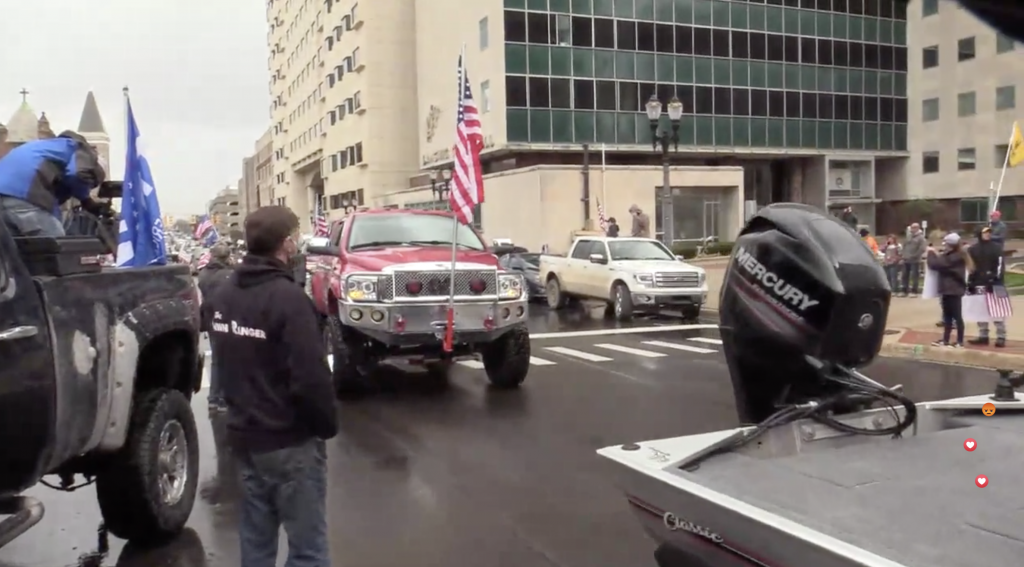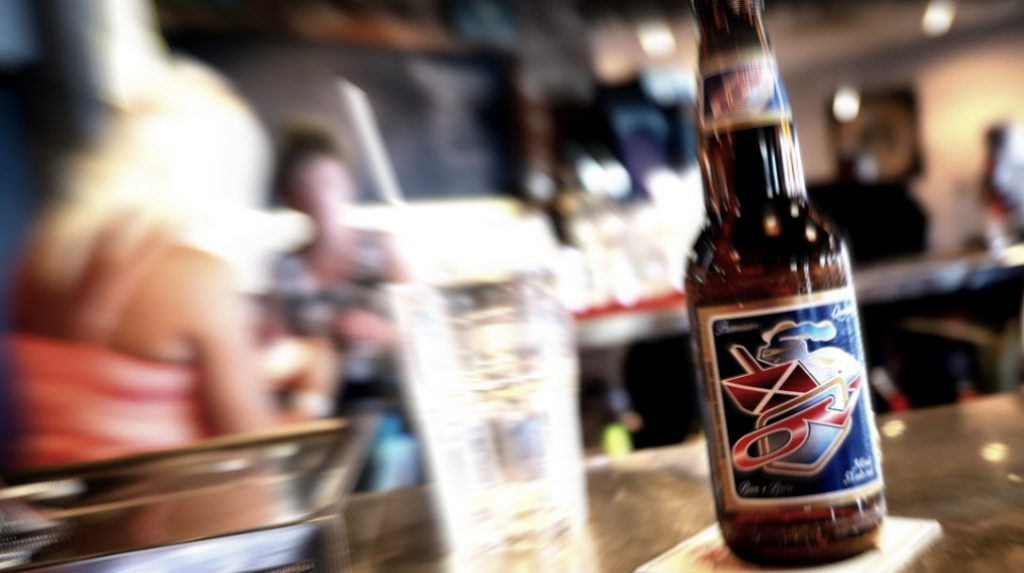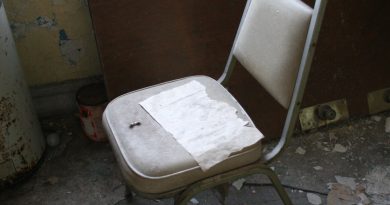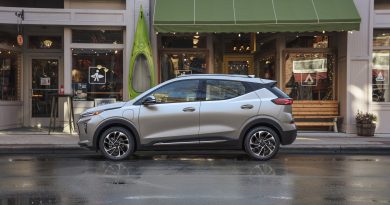Thinking Beyond The Gun: Lockdown Protests Distract From Meaningful Policy Debate

[Guest contributor Calley Wang writes about media narratives around the lockdown protests– and about what kinds of things we should be thinking about.]
“I need a haircut!” “Heil Whitmer!” Images of heavily armed protesters swarming state capitols, demanding the end to stay-at-home orders around the country, have become iconic as news coverage of the coronavirus pandemic. Open up our economy, they say. The coronavirus is not that bad. We have to send people back to work! This is their message all across America. It would be easy to dismiss and mock their invocation of the sacred rights to haircuts and fast food meals. And doing so would miss the bigger picture.
Critiques of policy are, of course, always fair game in a democracy. But although the protests are clearly passionate, they are not a purely spontaneous, grassroots affair; conservative activist groups have guided, funded, and marketed them from the start, as the DeVos family’s Michigan Freedom Fund notably did. Betsy DeVos, currently serving as the Secretary of Education, infamously said in 1997 about her political donations: “I have decided to stop taking offense at the suggestion that we are buying influence […] Now I simply concede the point. They are right. We do expect some things in return.”
So what do right wing activists want with these protests?
Some of the protest sentiment is surely organic. As the coronavirus crisis continues, frustration is setting in. Besides the annoyance of being denied simple pleasures and social contact, stay-at-home orders have come with real economic pain. There is an entirely insufficient social safety net for unemployed workers. For those who’ve struggled to get through overloaded state unemployment systems, the only other federal support they’re getting is a one-time $1,200 check– which many have yet to receive.
That lack of support extends to small businesses as well. The government’s stumbling rollout of the Paycheck Protection Program for small businesses was a drop in the bucket compared to the trillions freely doled out to large corporations. The pandemic could be an extinction-level event for small businesses– if America so chooses.
There are real grievances behind the protests. Those writing them off altogether, as many in the liberal camp seem to be doing, risk making light of the serious issues of mass bankruptcy and unemployment.
Yet poll after poll shows that overwhelming majorities of Americans support the stay-at-home orders. At least 2/3rds of Americans believe that it’s a bad idea to end restrictions prematurely and are more concerned about undoing them too quickly. Other polls show that support at a staggering 80 percent.
The mass media chooses to focus on what was and is a fringe opinion– the minority even among conservatives. The image of MAGA-hatted protesters marching on state capitols with rifles drawn has been imprinted as a powerful and even dangerous faction, whose message has become a key part of the national conversation. A movement that once appeared to be beyond the pale is now gaining traction, boosted not only by deep-pocketed conservative activists, but also the mainstream media.
NOISE, DISTRACTION, AND SUBSTANCE
It’s easy to forget from the incessant media coverage, but those protests were not the only form of resistance during the pandemic turmoil. Essential workers flexed their power through hundreds of labor actions and protests. Here in Detroit alone, UAW workers protested unsafe working conditions by engaging in wildcat strikes, forcing the Big 3 auto companies to shut down production before Michigan issued its stay-at-home order. The gravity of the situation was underscored by the fact that dozens of autoworkers have died from the coronavirus. Another one-day strike by Detroit bus drivers won improvements in cleaning and safety protocols. The department also issued protective equipment to bus drivers and face masks to passengers. They showed that even, or especially in a time of crisis, workers were powerful when they acted together.
Organizing efforts are not limited to the labor movement. The rent strike movement demanded the cancellation of rents and mortgages for the duration of the emergency, as had been done in Italy. Millions of Americans failed to pay their rent in full and on time in April and May, not because of lost income but also to demand that the political system provide relief to tenants increasingly stretched by rents pushed sky-high by a limited housing supply.
On May 1st, essential workers went on strike across the country in a coordinated effort, uniting retail and warehouse workers at major retailers like Wal-Mart, Target, Amazon, and Whole Foods. Protesting unsafe working conditions, low pay, and stingy sick leave policies, they made history by bringing together poorly-paid and non-unionized workers at some of the largest companies for the first time.
But these acts of resistance were largely absent from the news. Even the May 1st strikes failed to garner any headlines on CNN, MSNBC, or Fox News after May 2nd. They were much more focused on the armed militiamen storming the Michigan State Capitol, once again demanding an end to the stay-at-home order. Bearded men wrapped in American flags and shouting while thrusting their semiautomatic rifles in the air are more palatable to editorial staff, it seems, than the idea of working citizens organizing for better conditions. In other words, the American mass media loves the idea of the yeoman militiaman, but is loath to accept the idea of worker solidarity.
Regardless of what side you’re on, we know the current situation is intolerable. So what happens when the only dissent against it that Americans see are protesters demanding to open up non-essential businesses, public health be damned?
We get a simple, partisan narrative. On one side are the governors, mostly Democrats, issuing stay-at-home orders in an attempt to save lives. On the other side are the protesters, mostly Republicans, protesting against them in order to, they say, save the economy. Implicit in this framing is that you must let some people die to keep jobs and businesses. Or the only way to keep people from dying is to let them go bankrupt. Other options like providing aid so that we can stay at home until the virus is under control without going broke? Paying essential workers extra for putting their lives at risk and giving them the protective gear they need? Those ideas don’t fit the narrative.
DYING FOR THE DOW, OR FOR RED STATE BUDGETS?
Early openings have begun in many states, satisfying the demands of the protesters. But of those states have not satisfied the most basic federal reopening standards for declining case counts and increased test capacity. They don’t have contact tracing capabilities ready to track the inevitable return of the coronavirus. New hotspots continue to emerge across the country even as the rate of infection declines overall.
Rather, the reopenings are a good way to kick the economy back into gear and force workers off unemployment, easing pressure on strained social services and employers alike. In acquiescing to the protesters, states that reopen can shift blame to them in the event that a disaster follows. Say the coronavirus returns with a deadly vengeance after restrictions end prematurely. Workers are forced back into unsafe conditions just to pay the bills. Small businesses close anyway as patronage fails to return to pre-pandemic levels.
Imagine that it gets worse. Public services privatized as states, cities, and school districts struggle for funding. Wealth consolidated in the hands of a few, taking advantage of the opportunity left by the coronavirus along with the federal government’s gross inaction. The protests will help shift public opinion, and convincing us why lives must be sacrificed to keep businesses open. As long as the media focuses on the dichotomy of “governors vs. protesters,” this closes off any other options. More meaningful options, even. No wonder right-wing activists and large business interests want the protesters to stay in the public eye.
Demonstrators gathered in in front of the state Capitol Building Thursday for a so-called "Judgement Day" protest against Governor Whitmer's stay-at-home orders. pic.twitter.com/5hhIXCCiVm
— FOX 17 (@FOX17) May 15, 2020
ALTERNATIVES TO BUSINESS AS USUAL
The world will be stuck with the coronavirus for a long time, either until we have effective treatments and vaccines– or until it burns through the entire population. But we could become a pandemic economy, just as we have become a wartime economy in decades past, gearing our systems to defeating the virus and protecting the livelihood of every single person until the crisis is over.
A spate of bills has been introduced to House of Representatives with ideas on how to do this: universal basic income, rent and mortgage relief, increased funding to state and local governments. The House of Representatives passed a huge relief package last week, which landed dead on arrival in the Senate as Majority Leader Mitch McConnell promised no more aid to individuals. Such measures have been taken in other developed countries. A debate about their merits is beyond the scope of this piece. But that debate is exactly what we are missing.
Such policies are in line with what most Americans want: support for continuing the stay-at-home orders. They also reject the media’s framing of policy as choosing between saving lives versus saving the economy. We can save lives while blunting the economic impact. But as long as we are focused on the false dichotomy that far-right activists give us, funded by dark money and laundered through the media, we will not get there.

Guest contributor Calley Wang is a software engineer in the automotive sector in Metro Detroit. He is an advocate for transit and sustainable mobility and, along with the rest of us, is sick of, but cognizant of the need for, statewide lockdown orders.


